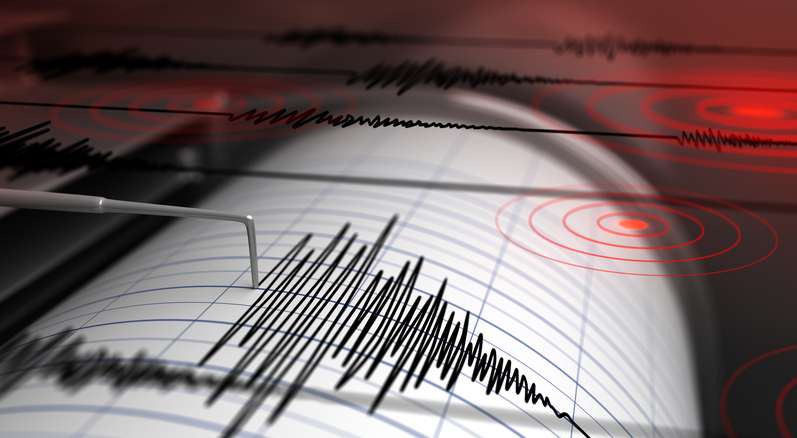Earthquakes have very low predictability in short term, i.e. in most cases, there is no warning – even a few minutes before an earthquake. However, in most cases, a much higher degree of predictability exists in long term – in the sense that if a certain area is sitting on a fault line, it can be said that over a long period of time, there is a high risk of earthquake. However, whether the earthquake occurs within the next few minutes, few years, few decades – or, maybe a few centuries might not be predicted.
In April 2008, USGS reported that the state has a 46% chance of a 7.5 or larger earthquake in California state during the next 30 years. So, relatively high predictability over the next 30 years, but, absolutely zero predictability in the immediate short term!!
There are certain schools of thoughts that believe that there are certain animal instincts which provide certain degree of indication of an impending earthquake. While the beliefs in this matter are varied, the closest scientific successful attempt to predict an earthquake is known to be the incident of earthquake at Haicheng, Liaoning Province of China in Feb. 1975. An alert local community and the earthquake administration noticed a change in water level in ground-wells as well as behaviour patterns of certain animals. Taking this to be an indication of an impending earthquake, many people were evacuated out of their houses. Even though, many people had to stay outdoors in the cold, it is believed that timely evacuation helped in saving thousands of lives.
Still, the scientific community is divided about the possibility of accurately predicting earthquakes. Even if the above example is considered as an example of ability to predict earthquakes, its a matter of fact – that since 1975 many more earthquakes have jolted our earth, without anybody being forewarned. Some of these have been in China itself.
Many countries monitor the seismic activity below the earth. Since there are a lot of seismic activities below the earth on a continuous basis, these countries are not necessarily interested in these low-intensity activities. However, their interest is to see if there is a sudden increase in seismic activities. An increase in seismic activity could imply an impending earthquake in the near-future. However, how close (in “time”) might still not be predictable.


